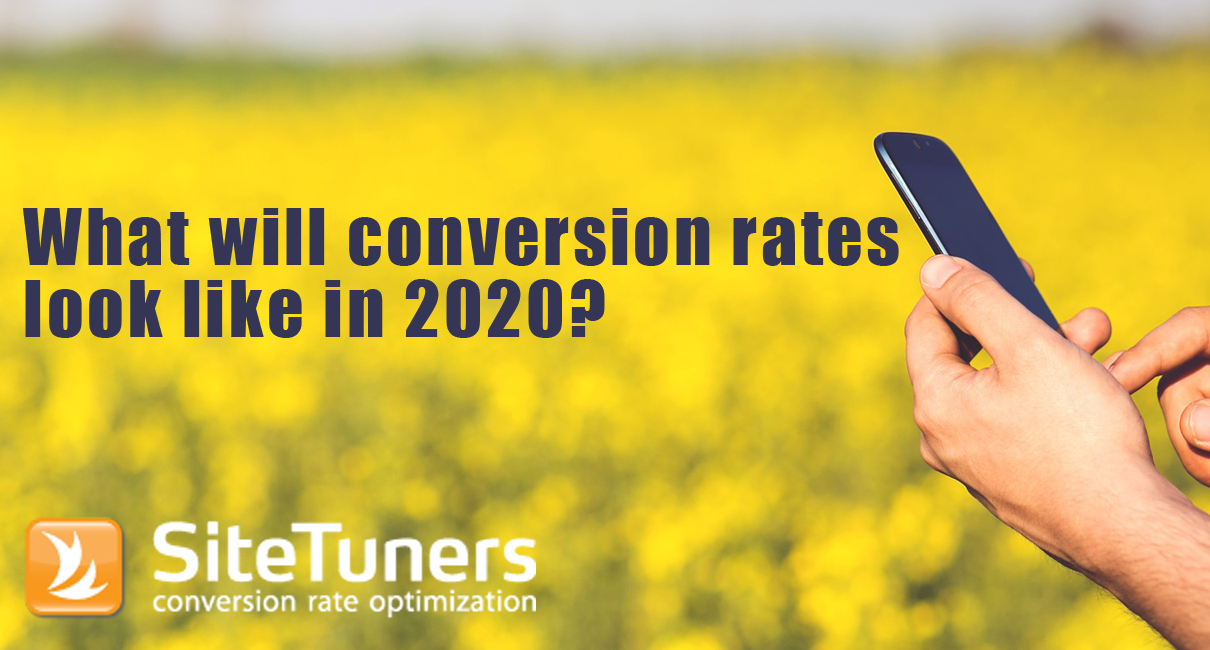
Last year, a separate study reported desktop conversions at the following rates:
Desktops: 2.78%
Tablets: 2.42%
iPhones: 0.85%
Android phones: 0.74%
If you look at the general consensus, smartphone conversion rates seem to be at about 1/3–1/5 what desktop conversion rates are.
So should you, as a marketer, really bother with the mobile experience if you’ll only convert one in every 117–200 visitors?
2015: Beyond Conversion Rates
The problem with that mentality is that it’s very short-sighted.
In 2015, visitors move across different devices at different stages in the buying cycle. If your mobile usability fails while users are in the price-comparison stage, they may never use their tablet or desktop to actually add that item to their cart and carry on with the checkout. A bad mobile experience hurts all your channels, not just mobile.
Consider what Benedict Evans of Andressen Horowitz notes: Last year, there were 3 billion people online; 2 billion people had smartphones.
2020: 4 Billion Conversion Challenges
The whole slide deck, Mobile Is Eating the World, is worth a look-through. But the gist is something that all online marketers should understand: The mobile industry may look large now, but in 2020, 4 billion people will be online, and the next billion will only be possible because of mobile devices. Put another way, the PC industry will consist of 1.6 billion people buying devices every five years; the mobile industry will be something more like 4 billion people buying devices every two years.
Those 4 billion people will be doing an array of tasks:
- Entertainment (via games and videos)
- Connecting with loved ones (via text and social)
- Shopping via ecommerce
If you’re comfortable operating without a mobile version of your web site, and fixing the different mobile paths people are taking because you don’t see the payoff (read: conversion rate), consider that in 5 years, not only will conversion rates likely rise, there will also be 4 billion people with smartphones. The time to begin working on that audience is now.
Planning for the Future
The first problem to solve isn’t solely macro-conversion related, many of the first things you’ll need to learn for mobile have nothing to do with the cart or checkout process.
If you haven’t started optimizing your mobile experience, you’ll need to learn how to ask the right questions and how to make basic improvements to mobile usability.
But if you’re past that stage and want to get a move on, Nielsen Norman, NYU School of Professional Studies, and Human Factors International, all offer user experience training programs that include mobile UX, or you can start working with conversion professionals that provide in-house training.
There are 4 billion reasons to start learning about what conversion will be like in 2020. It’s time to roll up your sleeves and prepare for your new audience.
This article originally appeared in Tim’s Monetate column May 5, 2015

